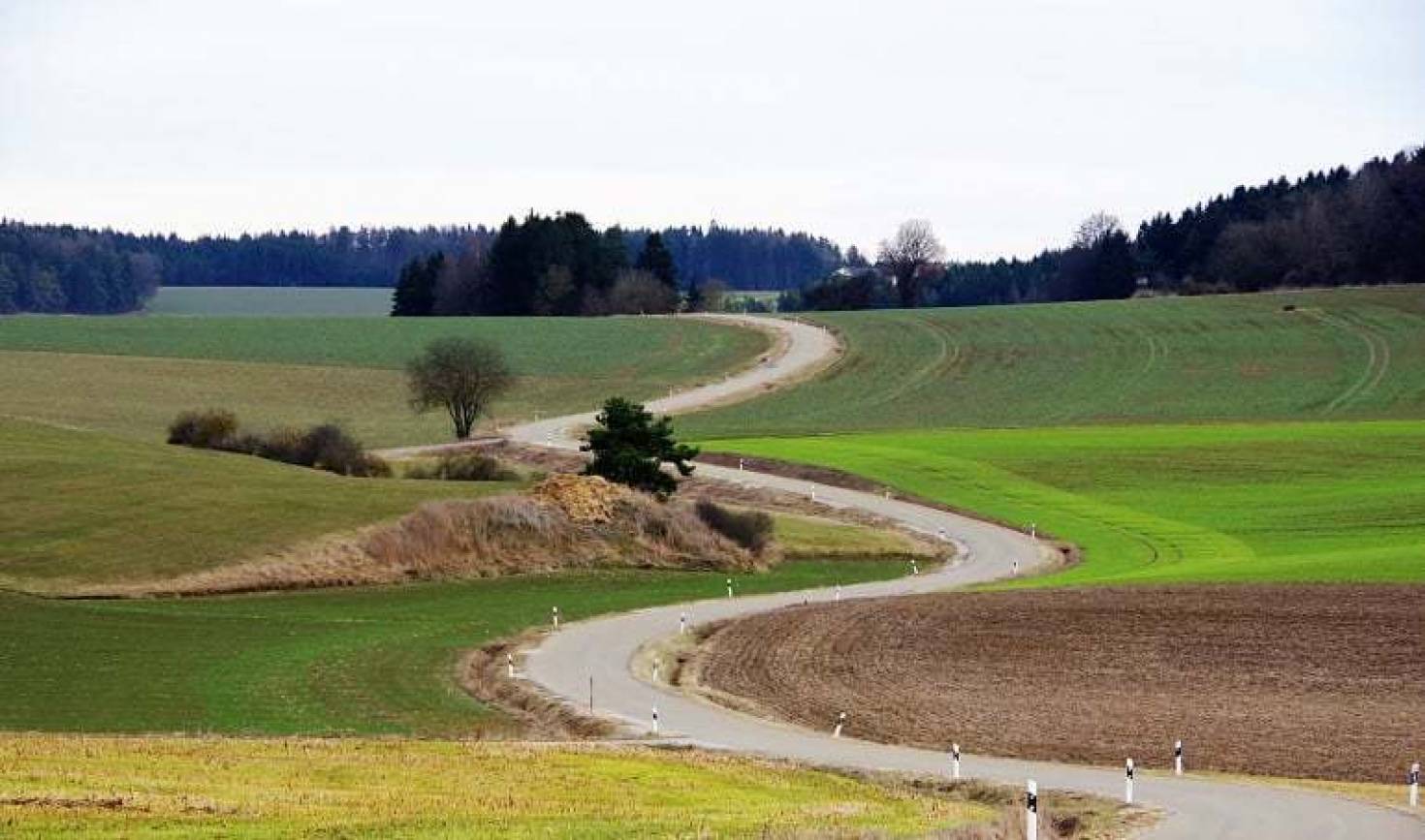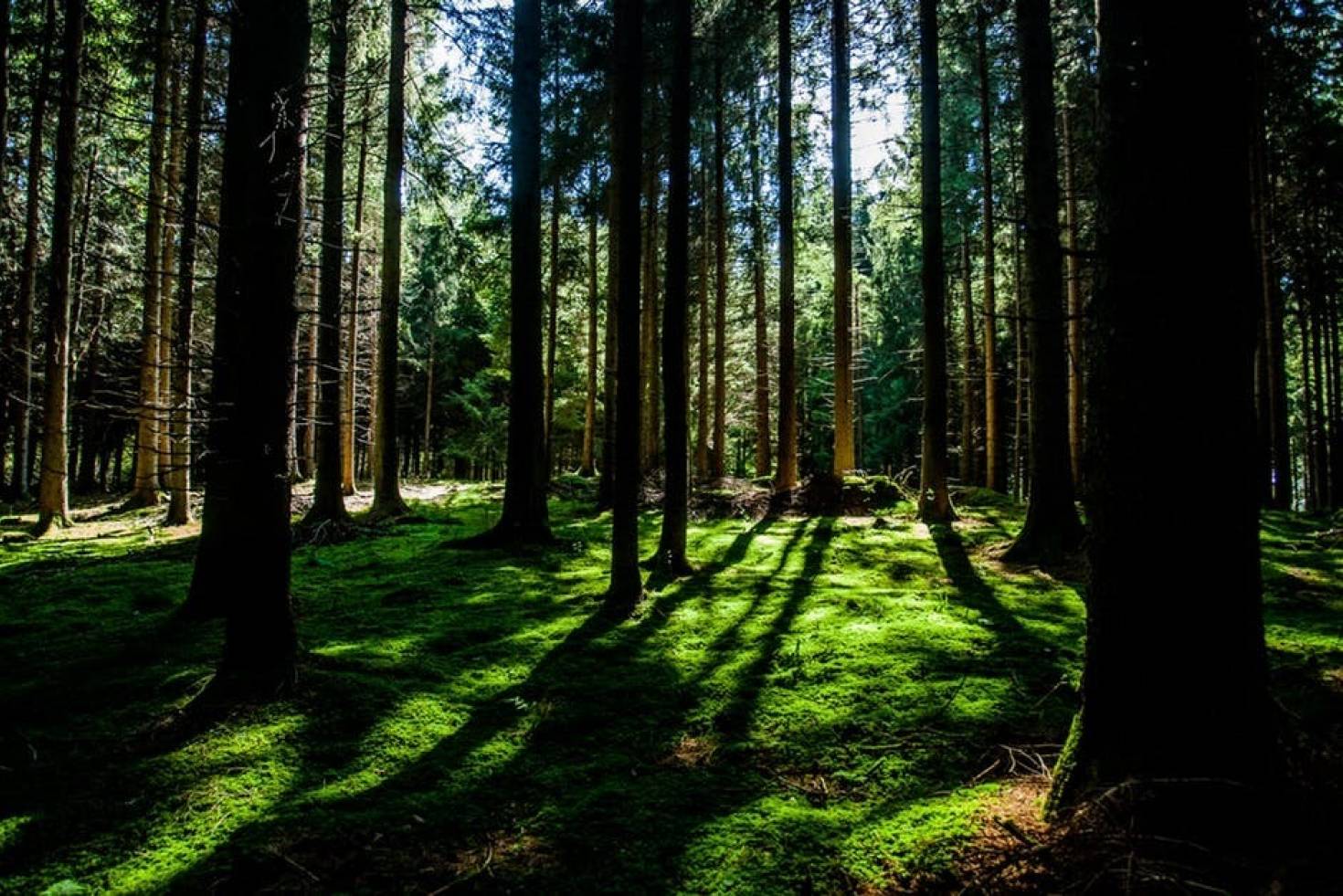Land is a valuable asset and as Mark Twain said, “they’re not making it anymore.” Since vacant land for sale is in limited supply, why not make the most of the land you own and maximize its worth? There are actually several reasonable ways to increase the value of your property that are cost effective and one that’s even free!
1. Land appreciation
Let’s start with the cheapest way first...waiting. This is the easiest option for your land value to improve if the proper research is done. Even if your parcel isn’t currently in an area of economic development and growth, it may be in the future. Today’s vacant lots can be tomorrow’s shopping malls, apartment complexes, or suburban offices booming in economic growth. It’s best if this is considered before the land was purchased, but nonetheless, it can be considered now. A couple factors to examine are: is the property in the path of development? This would be important for your lot but also for work availability. How far would you have to drive to different jobs in the area?
There are several resources you can take advantage of to look at the behavior of past and current land values, but the most detailed data has to do with farmland and rental rates. The USDA National Agricultural Statistics Service features a lot of useful data and charts that can be filtered by year and state, there's also their annual Land Values Summary, or you can search their quick stats and find data that goes back as far as year 1850. The USDA Economic Research Service also put out some helpful land valuation information based on their research. The TIAA Center for Farmland Research's tool allows you to compare data by state that's taken directly from the USDA's updated statistics for a particular year.
2. Upgrade access
Accessibility is vital when it comes to land value. Property with little or no access can be tough to use, enjoy, or sell when the time comes. If your parcel doesn’t have adequate access, providing some will undoubtedly increase its market value, and give you or a future buyer the freedom to enjoy it and develop it much easier. If providing access yourself isn’t the route you want to take, creating a legal easement is another possibility. Interested in learning more about easements? Take a look at our article covering how important it is to be clear on easement rights before buying land.

3. Test it
It’s recommended to test a piece of land before it’s bought, but it’s not too late if it hasn’t already been done. A percolation test is necessary to determine how well the soil drains. Usually, this is done in preparation for a septic tank system or an infiltration basin. If the soil has drainage issues, they can be solved by installing some underground drainage tiles, which will allow the water to disperse and prevent it from collecting on the surface. The property should also be tested to discover what minerals, fossil fuels, or spring water exists, as well as to ensure there are adequate nutrient levels in the soil.
CostHelper estimates the cost of a perc to test to be anywhere from $100-$1000. The price can vary drastically depending on who’s doing the test, where the property is located, the soil type, and the amount of work and equipment it’ll take to get the job done. The price for a typical perc test might cost $150-$500 while the use of a backhoe can add $300-$450 or more, for an average total of $450-$950 for a complete perc test. This is just a summary. If you’re interested in a more in-depth look, check out our blog post on why it’s a good idea to have your soil sampled and tested. The more data you can provide to inform buyers makes them feel more secure and better about a potential purchase.
4. Maybe money does grow on trees
Curb appeal not only applies to homes, but to vacant land as well. Improving the landscape of your land will make it more attractive, boosting the value. Trees are a substantial part of improvement. Each parcel of land is unique, so depending on the specific piece of property, planting trees may drastically enhance the scene. On the other hand, it could be that removing trees would be better for the view or because selling timber could put money in your pocket.
Although timber prices vary depending on a number of different variables such as size, type, maturity, market, and more, one of the best resources to stay in the timber loop is Dr. Brooks Mendell at Forisk Consulting. Higher quality trees on timberland for sale usually fetch better prices, because of the products they yield.
It may make sense to put up a fence around the perimeter of the property. Either way, it’s essential to keep the land in good condition having a neat, clean appearance.
5. Provide for utilities
Generally speaking, the more options the better. Potential buyers want to know if your land can do what they need it to. Installing utilities will help in ensuring the land can be built on, as well as creating less hassle after a purchase. This may include electrical power, natural gas, water, sewer, phone, cable TV, and internet. It’s extremely hard to estimate an average cost of bringing utilities to a property because it’s dependent on a number of variables. The best thing to do is dig in and start asking questions to find out what the cost will be in your area. In many cases, the increase in land value after providing for utilities will be worth the cost.

It’s a good idea to keep detailed records of the improvements made on a piece of property especially when you decide to sell. Making these improvements on your land will not only raise the value but make it more enjoyable and offer greater capability for you or a potential buyer. If you don't have your own land yet but are shopping around, take a look at our land for sale.

